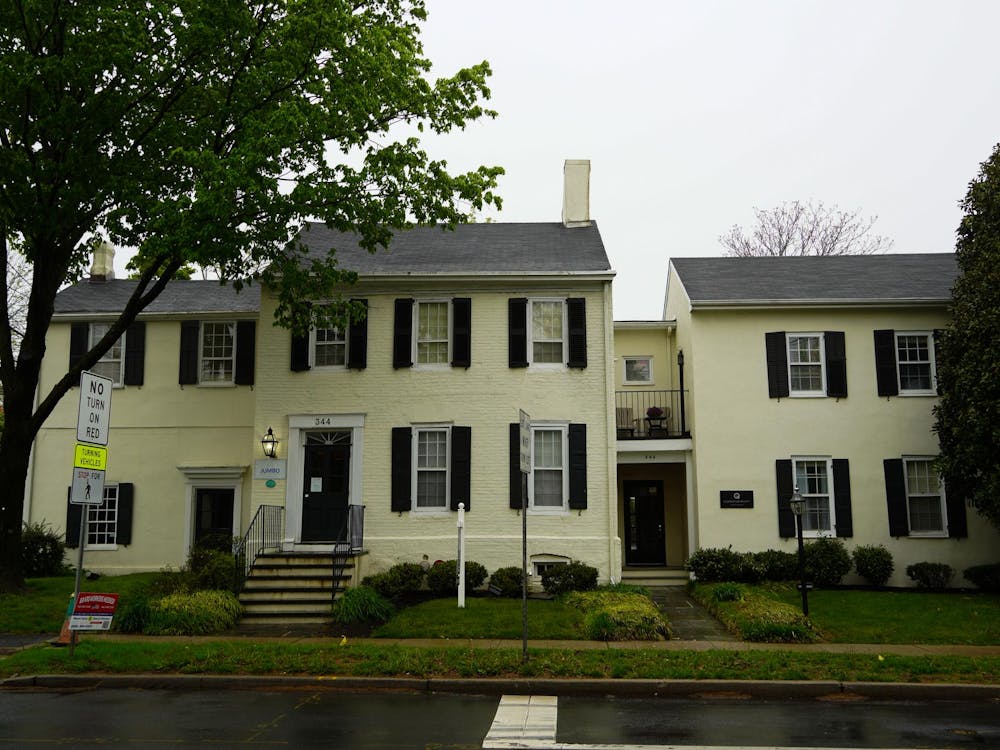There will be a tuition increase of 3.9 percent for the 2016 fiscal year, the University’s Priorities Committee announced in its annual operating budget report released on Monday.
The increased budget also includes a 7.4 percent increase in the University’s financial aid budget to $140.2 million for next year. This is in accordance with a “stay-even” financial aid budget designed to protect financial aid recipients from the effects of an increase in tuition.
Despite the tuition increase, the University’s total cost of tuition, room and board will still be $630 below the cost of the current year’s closest competitors, including all of the Ivy League institutions, Stanford and MIT, the report said.
According to the report, the average net tuition, room and board is $13,072 for students receiving financial aid today, which is 31 percent lower than in 2001.
The current 2014-15 tuition sits at $41,820 but will be raised to $43,450 next year. The overall fee increase is also 3.9 percent, including a 4.6 percent increase in room and a 3.1 percent increase in board costs, according to the report. This will result in an overall fee package of $57,610 next year, compared to the current $55,440.
The Priorities Committee made its recommendation based on national labor markets and other inflation rates.
The Priorities Committee and the Committee on Undergraduate Admission and Financial Aid predicted an increase in the fraction of students on financial aid from 58.6 percent to approximately 60 percent for the class entering this coming fall.
“The good news story from my perspective is that Princeton remains really one of the most affordable deals in higher education, and that’s an extraordinary thing,” University Provost David Lee GS ’99said. “Even for students who don’t receive aid, our tuition is really at the bottom of our peer group.”
As far as expenditures, funding for the Office of Information Technology and the Art Museum will also be increased by 4.3 and 6.9 percent, respectively. The Art Museum hopes to provide universal access to digital images and scholarly documentation of its collection and OIT submitted a request for a new position in high-performance computing, which the Committee approved.
Additionally, more resources will be granted to the McGraw Center for Teaching and Learning and the Freshman Scholars Institute.
The budget will also accommodate a push to improve the diversity of career opportunities made available through the Office of Career Services, with a goal oftransitioning from a transactional model in which Career Services primarily helps upperclassmen find jobs and internships to a model that better assists students craft visions for their career goals.
Other recommendations the Committee made include an increase of graduate stipends of 3 percent and an aggregate salary pool equivalent to the pools of the last two years for faculty pay. Lee said that remaining competitive with peer institutions in faculty salaries was essential to prevent losing faculty.
The Committee also released projections about budget deficits in coming years, predicting a $20 million deficit in fiscal year 2018 and a decrease of $2 million each year after that.
“Those numbers are not unusual historically,” Lee said of the predicted deficits. “1.7 billion dollars is the operating budget, so it’s a tiny percentage.”
Lee said the Committee felt confident with its investments this year and aims to use its financial resources to ensure the most effective and consequential investments are made.
University President Christopher Eisgruber ’83 and numerous members of the Priorities Committee did not respond to requests for comment.






